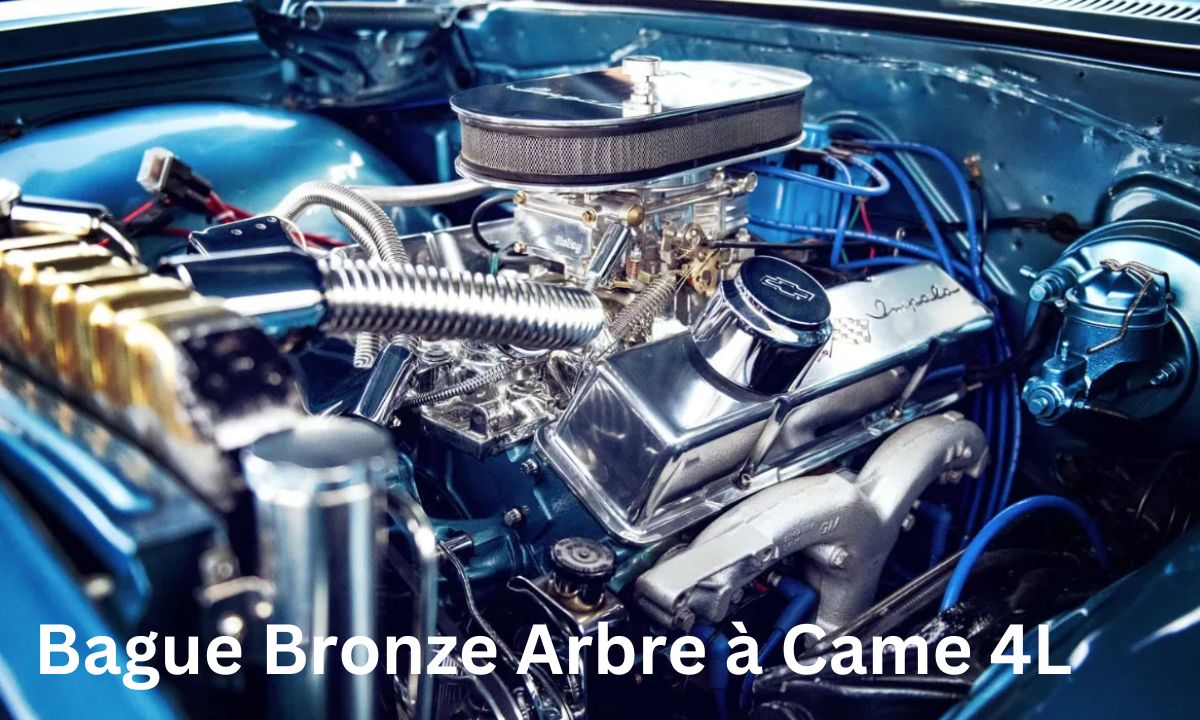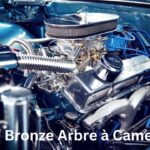The bague bronze arbre à came 4L represents a crucial component in the legendary Renault 4L engine system. This comprehensive guide explores the intricacies of this essential bronze bushing, its maintenance requirements, and proper replacement procedures.
Understanding this component is vital for maintaining the heritage and performance of classic Renault vehicles.
The guide serves both professional mechanics and enthusiast owners who wish to preserve these iconic French automobiles.
What is the Bague Bronze Arbre à Came 4L?
The bronze camshaft bushing serves as a precision-engineered interface between the camshaft and engine block.
This specialized component features high-grade bronze composition specifically selected for its superior wear characteristics.
The bushing’s design incorporates precise tolerances to maintain optimal oil film thickness. Its construction allows for proper heat dissipation during engine operation.
The bronze material provides natural lubricity and resistance to galling. Engineering specifications ensure proper clearance for oil circulation and thermal expansion. The component’s dimensions are tailored specifically for the Renault 4L engine architecture.
Importance of the Bague Bronze Arbre à Came 4L
The camshaft bushing fundamentally affects engine timing accuracy and overall performance. Its presence prevents catastrophic metal-to-metal contact between critical engine components.
The bronze material offers superior heat management capabilities compared to alternative materials. Proper bushing function ensures consistent valve timing throughout engine operation.
The component’s design facilitates optimal oil distribution to moving parts. Engine longevity directly correlates with bushing condition and maintenance.
The bushing supports precise camshaft alignment critical for valve operation. Its role in reducing friction contributes to improved fuel efficiency.
READ THIS BLOG: Frank Song Zenith Prep Academy: Transforming Academic Success
The component’s durability affects long-term engine reliability and maintenance costs. Proper bushing function prevents accelerated wear of related engine components.
Signs That the Bague Bronze Arbre à Came 4L Needs Replacement
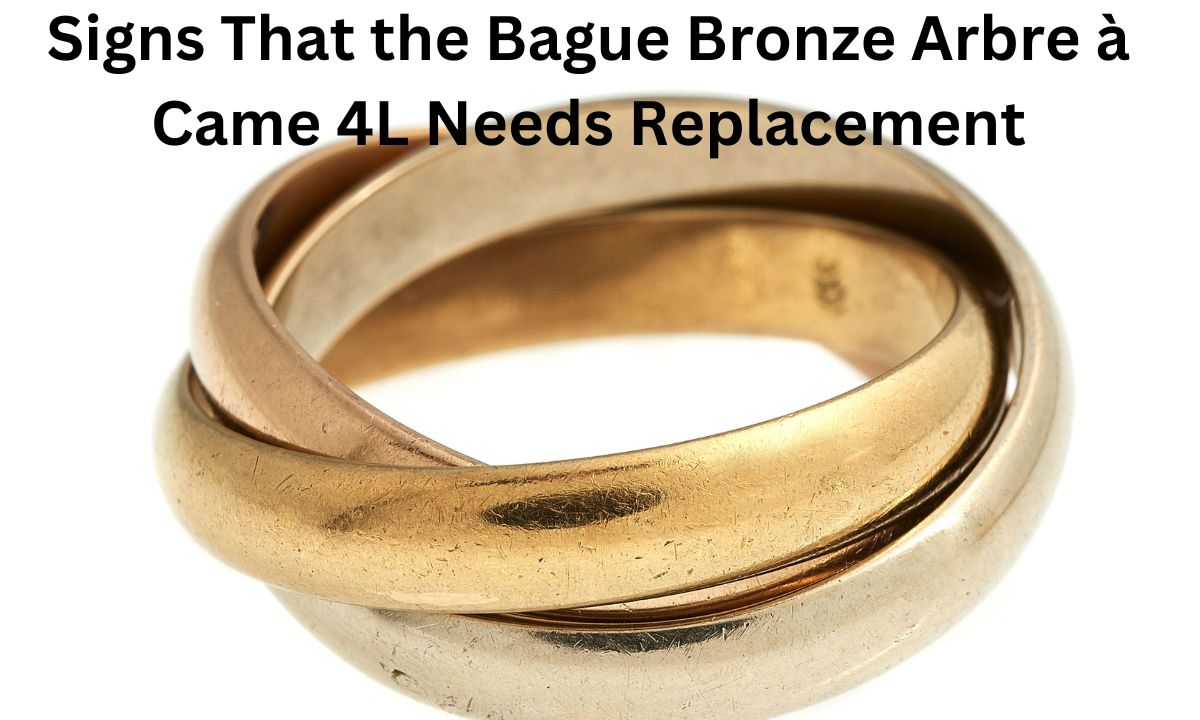
Engine performance degradation often indicates bushing wear problems. Unusual knocking sounds during cold starts suggest bushing deterioration.
Excessive oil consumption may signal compromised bushing integrity. Blue exhaust smoke often accompanies worn bushing conditions. Irregular camshaft movement can result from bushing wear.
Timing chain noise may increase with bushing deterioration. Oil pressure fluctuations can indicate bushing problems.
Metal particles in oil samples suggest advanced bushing wear. Increased valve train noise often accompanies bushing issues.
Visual inspection may reveal scoring or uneven wear patterns. Engine misfire conditions can result from worn bushings.
Reduced engine power often accompanies bushing problems. Oil leaks around timing cover areas suggest bushing issues. Combustion irregularities may indicate timing problems from worn bushings.
How to Replace the Bague Bronze Arbre à Came 4L
Tools and Preparation
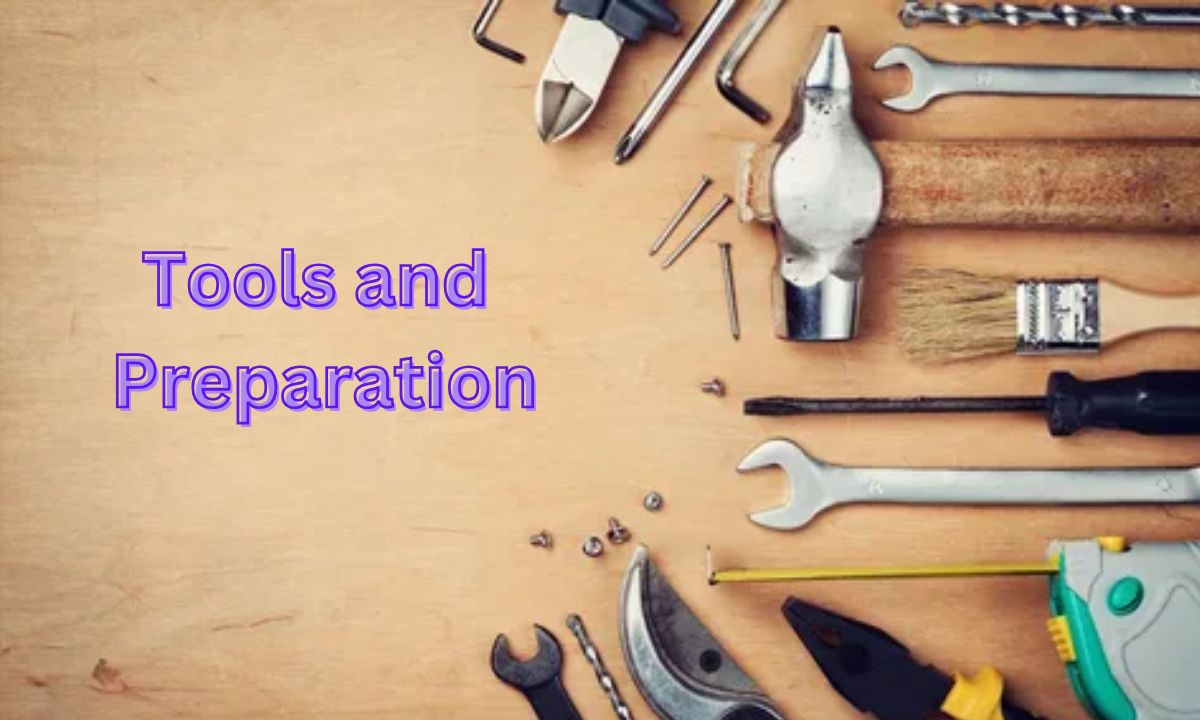
Essential tools include metric socket sets and specialized bushing tools. Organize the workspace and gather all necessary replacement parts.
Reference factory service manual for specifications and procedures. Prepare engine cleaning supplies and new gaskets. Acquire proper torque wrench and measurement tools. Ensure availability of appropriate engine oil and filters.
Gather safety equipment including gloves and eye protection. Prepare containment for fluid drainage. Acquire necessary gasket sealants and thread lockers.
Document all removed components for proper reassembly. Verify replacement part numbers and specifications. Prepare engine support equipment if necessary.
Access the Camshaft
Remove battery connections and drain engine oil completely. Document timing marks and component positions carefully.
Remove valve cover and associated components systematically. Clear access to timing chain or belt components.
Remove timing covers according to the service manual. Document belt or chain tension specifications. Remove necessary accessories and brackets.
Secure engine position to prevent movement. Clean surrounding areas thoroughly before disassembly. Protect exposed engine components from contamination.
Remove the Old Bushing
Extract worn bushing using appropriate removal tools and techniques. Clean mounting surfaces thoroughly after removal. Inspect surrounding areas for damage or wear.
Measure bore dimensions for proper replacement sizing. Document any unusual wear patterns observed. Preserve evidence of failure modes if present.
Clean oil passages thoroughly before proceeding. Verify bore condition meets specifications. Remove any debris from the removal process. Prepare bore surface for new bushing installation.
Install the New Bushing
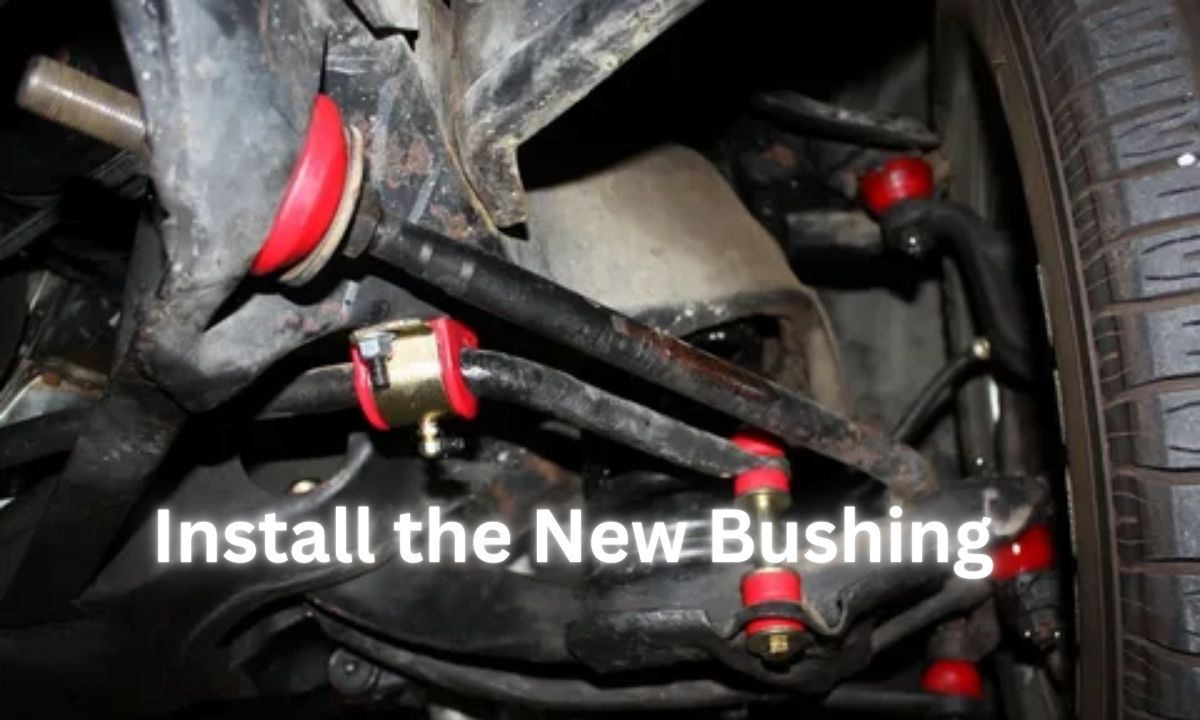
Apply engine oil to the new bushing surface before installation. Use a proper pressing tool for the installation process. Ensure correct orientation and depth specifications.
Verify proper clearance after installation. Check for smooth movement and alignment. Ensure oil holes align properly with passages.
Verify installation meets factory specifications. Check for proper seating and engagement. Clean any excess material or debris. Measure final clearances and document readings.
Reassemble the Engine
Install timing components following factory sequences. Verify timing marks align properly before proceeding. Install new gaskets and seals as required.
Apply proper torque to all fasteners sequentially. Verify component clearances during assembly. Install timing chain or belt with proper tension.
Reconnect all auxiliary components correctly. Replace any damaged fasteners or components. Apply appropriate sealants where specified. Document all torque settings applied.
Test the Engine
Start engine and monitor oil pressure readings carefully. Listen for unusual noises during initial operation. Verify proper valve train operation and timing.
Check for oil leaks around installed components. Monitor engine temperature during testing. Verify proper camshaft operation through rpm range.
Check for unusual vibrations or sounds. Document any operational anomalies observed. Perform a road test if appropriate. Verify proper engine performance parameters.
Frequently Asked Questions
How often should the bronze bushing be replaced?
Recommended replacement intervals vary between 80,000 to 120,000 kilometers depending on operating conditions and maintenance history.
What are the consequences of delayed replacement?
Delayed replacement can lead to catastrophic engine failure, increased repair costs, and potential damage to related components.
How can I identify genuine replacement parts?
Genuine parts carry specific manufacturer markings and come with proper documentation from authorized distributors.
What affects the longevity of the bushing?
Oil quality, maintenance intervals, driving conditions, and proper installation significantly impact bushing lifespan.
Is specialized training required for replacement?
Professional installation is strongly recommended due to required precision, specialized tools, and potential engine damage risks.
Maintenance Tips
Regular oil analysis helps monitor bushing wear patterns. Maintain proper oil change intervals using specified grades. Monitor engine sounds for early problem detection.
Keep comprehensive maintenance records for reference. Use high-quality replacement parts for repairs. Follow manufacturer-recommended service intervals.
Perform regular visual inspections of engine components. Address minor issues before they escalate. Consider operating conditions when planning maintenance.
Use proper tools and procedures for servicing. Maintain clean engine oil and proper filtration. Monitor engine performance indicators regularly. Address oil leaks promptly when detected. Keep detailed records of component replacements.
Conclusion
The bague bronze arbre à came 4L remains a critical component in maintaining Renault 4L engine performance and reliability. Understanding its importance, recognizing wear indicators, and implementing proper maintenance procedures ensures optimal vehicle operation.
Professional installation combined with quality replacement parts guarantees long-term reliability. Regular inspection and preventive maintenance help avoid costly repairs and extend engine life.
This knowledge contributes significantly to preserving these historic vehicles for future generations. The proper care and maintenance of this component directly affects overall vehicle value and performance.

smith is a seasoned SEO expert with a passion for content writing, keyword research, and web development. He combines technical expertise with creative strategies to deliver exceptional digital solutions.
